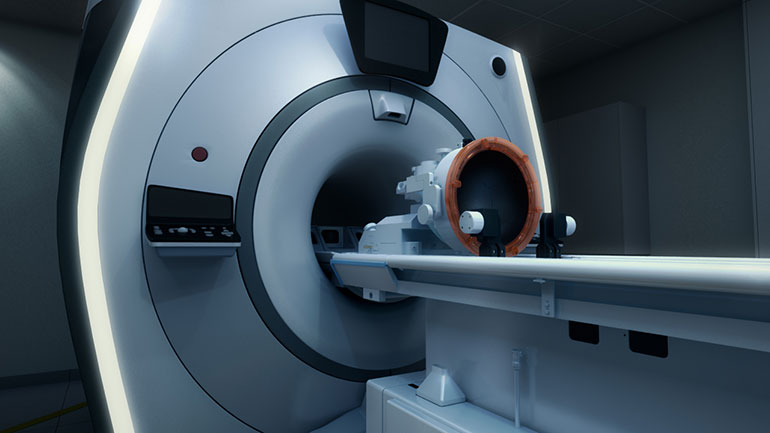Sedation MRI: Your Way To A Promising Future
Sedation MRI uses a technique that induces the patient to drift into sedated sleep with the use of various medications. This process is used for patients with severe nervous system conditions such as epilepsy, head trauma, aneurysm and multiple sclerosis. The aim of this article is to educate you about what sedation MRI is, what benefits it has, and why you should try it.
What is sedation MRI?
Sedation MRI in New Jersey is a different way of performing magnetic resonance imaging in which the patient is sedated for the procedure. The person being scanned lies still in a strong magnetic field, just as with other MRI examinations. These examinations are useful for diagnosing and monitoring nervous system illnesses, as well as tumors and cysts that have pushed against or compressed nervous tissue.
In general, these delicate structures can be damaged easily by the shaking effects of an MRI scan conducted while the person being scanned moves. When the normal functions of movement and reflexes are altered with several medications, however, MR imaging can be possible while the patient lies motionless inside the scanner.
The sedation process involves several steps:
Anesthesiologists administer medications such as propofol, ketamine, and dexmedetomidine to induce the patient into a light sedated stage of rest. The patient remains conscious throughout the examination and can talk with the technician performing the scan. The patient is also able to adjust his or her head for comfort, which is essential for obtaining clear MRI images.

Advantages of sedation MRI
Not only does sedation MRI ensure safe MR procedures for patients with conditions that make it difficult to lie still, but it has many other advantages as well:
1.Patient comfort – Patients in these examinations experience much lower levels of pain than they do while undergoing conventional MRI scans.
2.Less movement – Movement during the procedure is cut down to a minimum, so there is less chance for tissues to be damaged or for heart problems such as arrhythmias to develop.
3.Fewer side effects – Because sedation medications are safer than general anesthesia, medical staff can keep the level of medication used down and ensure steady levels of sedation while controlling other responses, such as muscle tone (involuntary contractions of muscles) and temperature regulation.
4.Treatment monitoring – Doctors can use the MRI results to accurately check how well their patients are responding to these medications over time and how quickly they need to adjust the dosages given in response to changes in condition.